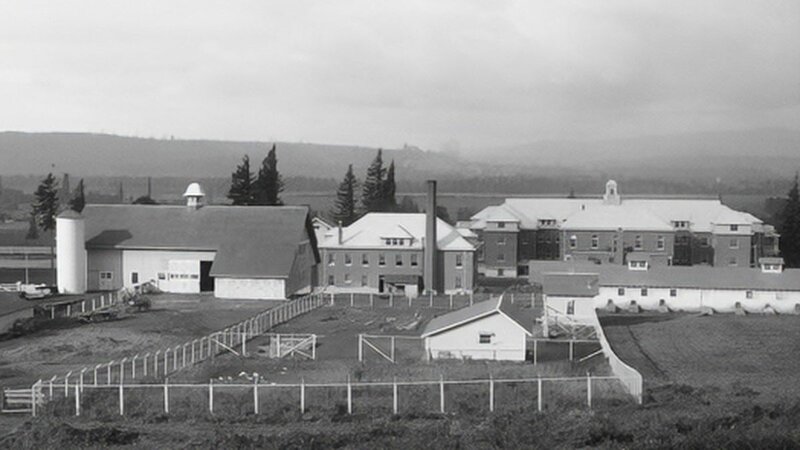Posted on Nov 6, 2023
Oregon counties once used poor farms to care for their neediest residents
1.01K
7
1
4
4
0
Posted 6 mo ago
Responses: 1
PO1 William "Chip" Nagel well... they weren't left to live on the streets...
..."An early idea for local responsibility
In 1854, Oregon’s Territorial government required counties to care for their impoverished citizens, but no guidelines existed for how to do that. Sometimes, counties gave direct cash payments to those deemed “worthy,” such as widows or veterans. More often, counties operated some type of poor farm.
Author and historian Megan Birk spent years studying poor farms for her book “A Fundamental Institution.” She says, “A poor farm was designed to provide shelter and food and sometimes health care for people in communities who were destitute and people who couldn’t take care of themselves using any other type of aid.”
Poor farms operated in communities all over the country. Birk says, “Not quite every county had one, but they were the kind of dominant local form of aid and relief for people for decades. In fact, more than 100 years in most places.”
In a time before federal social security or other social programs, those living in poverty, the sick and injured, and the elderly had few options. Birk explained, “We’re very accustomed today to thinking about relief being federal, state and then maybe local, but the inverse is true for most of U.S. history. It is local, maybe state, but definitely nothing federal until we get to about the 1930s.”...
..."An early idea for local responsibility
In 1854, Oregon’s Territorial government required counties to care for their impoverished citizens, but no guidelines existed for how to do that. Sometimes, counties gave direct cash payments to those deemed “worthy,” such as widows or veterans. More often, counties operated some type of poor farm.
Author and historian Megan Birk spent years studying poor farms for her book “A Fundamental Institution.” She says, “A poor farm was designed to provide shelter and food and sometimes health care for people in communities who were destitute and people who couldn’t take care of themselves using any other type of aid.”
Poor farms operated in communities all over the country. Birk says, “Not quite every county had one, but they were the kind of dominant local form of aid and relief for people for decades. In fact, more than 100 years in most places.”
In a time before federal social security or other social programs, those living in poverty, the sick and injured, and the elderly had few options. Birk explained, “We’re very accustomed today to thinking about relief being federal, state and then maybe local, but the inverse is true for most of U.S. history. It is local, maybe state, but definitely nothing federal until we get to about the 1930s.”...
(2)
(0)
Read This Next



 Poverty
Poverty


